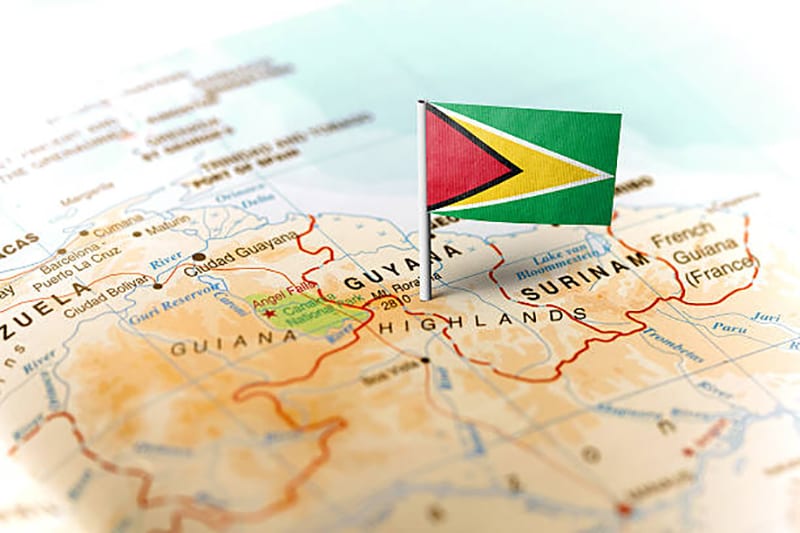A draft of the Guyana government’s updated Low Carbon Development Strategy (LCDS) has clearly outlined how the administration intends to power hundreds of communities nationwide with clean energy sources over the next decade.
During the launch of the document on Thursday, President, Irfaan Ali said the government intends to implement a suite of projects in three phases.
In the first phase which will begin from 2022 and end in 2027, Ali said a near tripling of electricity demand will be met through a combination of natural gas and the Amaila Falls Hydropower project on the main national grid, coupled with a major expansion of solar power with batteries on the rural networks.
By the end of this period, President Ali said the Essequibo Coast, Linden, Leguan, and Wakenaam grids will be integrated with the national grid. The Guyanese Head of State said too that the Bartica, Lethem, Port Kaituma, Madhia, and Matthews Ridge grids will be almost exclusively powered by renewable energy.
Alongside the work on the country’s grids, Mr. Ali said all hinterland villages, about 200 villages with a total population of just under 100,000 people, will undergo an electrification programme around 2026. He disclosed that this work has begun already in villages across the country and includes Seba, Waramadong, Paruima, Kurukabaru, Whyaka, Mission Capoey, Lake Top Capoey, Annai, St Monica and Karaburi. Finally, the President said the transmission and distribution network will undergo a massive upgrade to manage the forecast electricity demand and meet the standards expected of a modern power utility company.
As for the second phase (2027 to 2032), Mr. Ali said it will see further increases in electricity demand being met by continued replacement of heavy fuel oil, expansion of wind and solar power, and the commission of Guyana’s second hydro plant, the site of which will be identified in the coming years.
After 2032, which will see the beginning of the third phase, the President said the expansion will be driven by the prevailing market conditions, but it is likely that battery technology will be sufficiently advanced to enable solar and wind plants to provide new capacity increases while contributing to further downward pressure on electricity prices.
While further details are set out in the LCDS 2030, he said, “In sum, this energy transition will achieve a level that very few, if any, countries have achieved. Cheaper electricity will be supplied, and that supply can increase fivefold with emissions staying essentially flat.”
The President added, “The energy transition will form the backbone of the broader low carbon transition outlined in the LCDS 2030…”
To carry out the national consultation which will last for four months, Mr. Ali said the Multi-Stakeholder Steering Committee will be reconstituted.
The Head of State promised that details will be shared in the weeks ahead while adding that there will be ample opportunity for all to participate.



